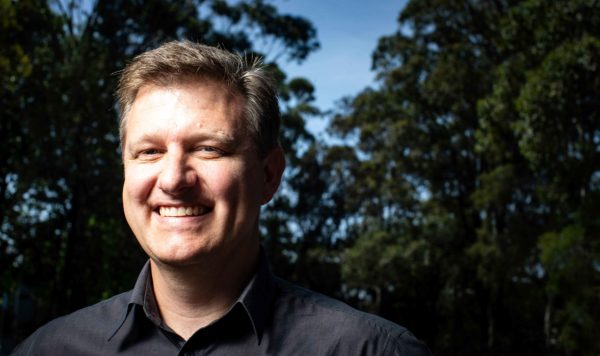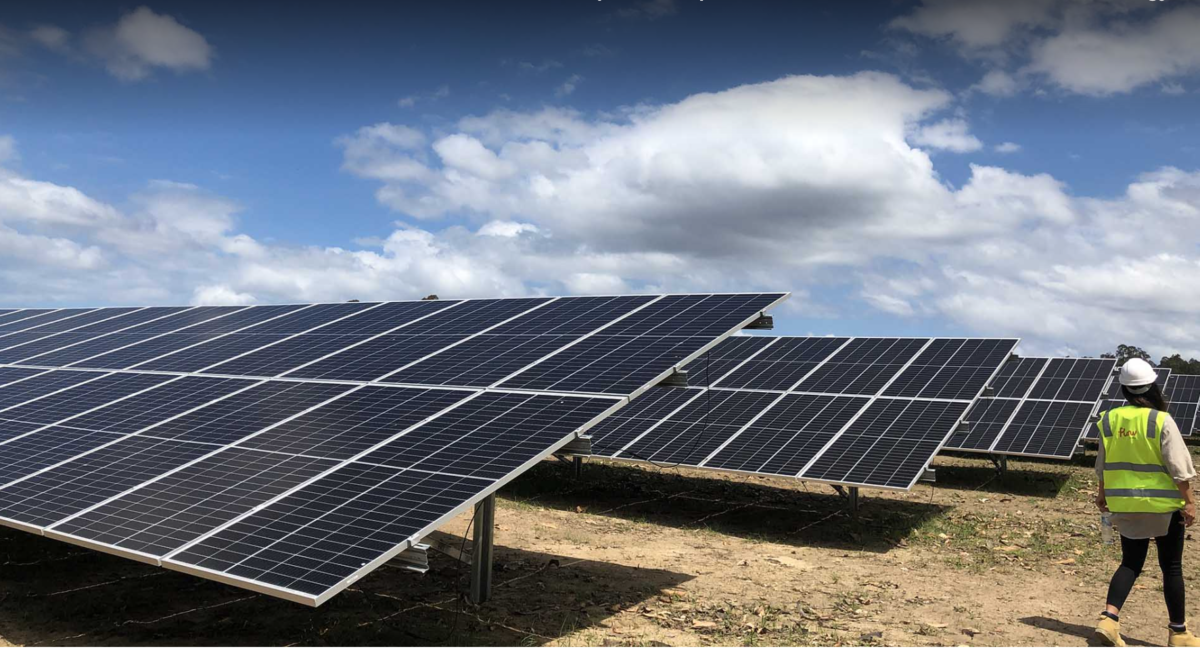Following the Australian Renewable Energy Agency’s (ARENA) awarding of $41.5 million (USD 28.5 million) in funding across 13 research projects, the agency has announced a further $1.04 million in funding to the University of Wollongong (UOW) for a project focusing on the compliance framework of harmonic emission allocations.
Harmonics refer to periods of distortion in the voltage waveform and can be caused by inverters such as those used in solar systems. However, the influx of renewable energy systems in recent years means current regulatory guidelines do not cover new complexity. In order to ensure that the level of distortion in the grid is below a tolerable level for grid-connected equipment, Network Service Providers (NSPs) must ensure harmonic distortion does not exceed the tolerance level.
However, if NSP’s implement their own bespoke methodologies the network may suffer from a raft of inconsistencies which can result in unnecessary curtailment or overinvestment on harmonic mitigation equipment. UOW’s assessment will bolster this tolerance, better ensuring the overall health and longevity of the network.
Currently, the primary tool to limit harmonic disturbance is known as emission allocation. But it is up to the load or generator to prove that it can meet this allocation through a less than robust compliance assessment.
According to ARENA, the new methodology will be used as an “interim best practice guideline for voluntary use by participating industry stakeholders, and as the basis for submission to amend the Australian Standards.”
ARENA CEO Darren Miller said new national standards would “smooth the transition to renewable electricity,” and potentially “reduce the grid connection costs associated with renewable energy generation, while also addressing the integration challenges of the new grid scale supply. This will help ensure secure and reliable grid operation at high levels of renewables penetration.”
UOW’s Australian Power Quality and Reliability Centre Director Duane Robinson described the project as “extremely exciting.”
“As an industry facing research centre, we expect the outcomes of this very practical work to provide clarity with respect to the methodologies for compliance assessment for harmonic distortion leading to less complex connection processes and even more renewable energy in our power system,” Robinson said.

Image: University of Wollongong
The UOW project is also supported by 12 industry stakeholders including network service providers, renewable energy developers and equipment suppliers. The cost of the entire project is $2.28 million.
The project is expected to take place over 29 months, the last five of which will be devoted to developing the documentation to be used in the submission processes.
This content is protected by copyright and may not be reused. If you want to cooperate with us and would like to reuse some of our content, please contact: editors@pv-magazine.com.









By submitting this form you agree to pv magazine using your data for the purposes of publishing your comment.
Your personal data will only be disclosed or otherwise transmitted to third parties for the purposes of spam filtering or if this is necessary for technical maintenance of the website. Any other transfer to third parties will not take place unless this is justified on the basis of applicable data protection regulations or if pv magazine is legally obliged to do so.
You may revoke this consent at any time with effect for the future, in which case your personal data will be deleted immediately. Otherwise, your data will be deleted if pv magazine has processed your request or the purpose of data storage is fulfilled.
Further information on data privacy can be found in our Data Protection Policy.